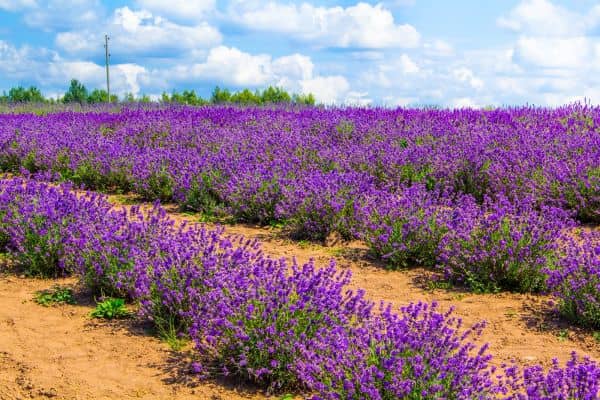So you want plants that can grow well in sandy and dry soil. Here are 20 plants that thrive in dry conditions for sandy soil:
1. Yarrow
Yarrow also known as Achillea millefolium has fern-like foliage, feathery and showy flowerheads that are clusters of tiny white, yellow, pink, or red colored flowers. They are native to North America and popular with pollinators insects and bugs. This flowering plant is very heated, drought-tolerant, and can even survive well in poor and rocky soil.
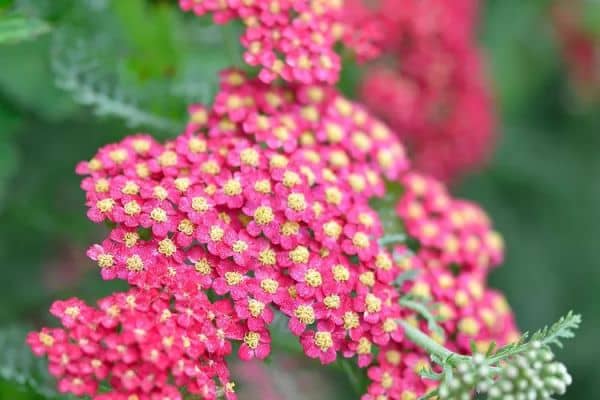
- Size: 2 to 3 feet tall and 2 to 3 feet wide
- Zones: 3–10 02 of 21
2. Cosmos
Cosmos also known as Cosmos spp. has daisy-like flowers that bloom annually in pink, purple, orange, yellow, white, and maroon-colored flowers. They can grow well in well-drained, alkaline soil in full sun and are also drought-tolerant plants that can also grow in dry soil. Cosmos Sensation can produce flowers in different colors like white, pink, rose, and crimson, and they can attract a lot of pollinator bugs and insects.
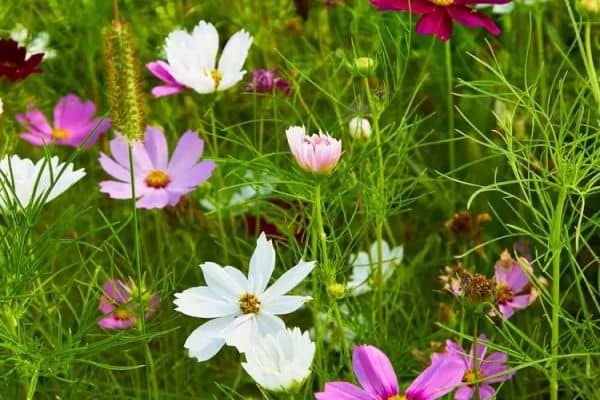
- Size: 1 to 6 feet tall and 1 to 3 feet wide
- Zones: 2–11 03 of 21
3. Lavender
Lavender also known as Lavandula spp. is deer resistant and can take drought, heat, and poor soil and keep cranking out spikes of blue or purple flowers. Remember that the lavender plant cannot deal with soggy soil so plant them in rocky and sandy places. As some of the varieties of lavender are not edible but most of them are edible and can work as an herb for cosmetic and culinary purposes.
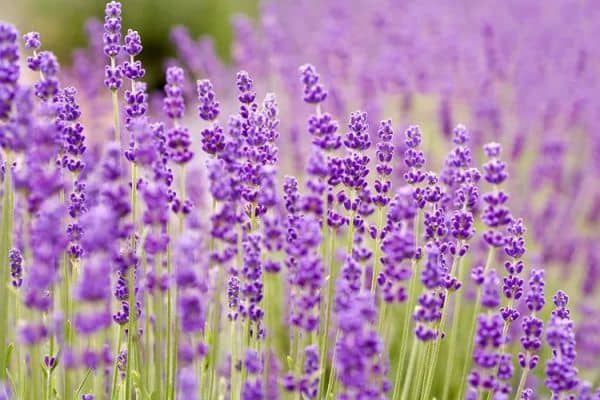
- Size: 1 to 3 feet tall and wide
- Zones: 5–9 04 of 21
4. Black-Eyed Susan
Black-eyed Susans also known as Rudbeckia spp. a pollinators love as they bloom flowers manually with golden-yellow daisy-like flowers. They can grow well in full sun and sandy soil, are tough plants, and are low-maintenance. They are native to North America and one of the most popular varieties is Goldsturm.
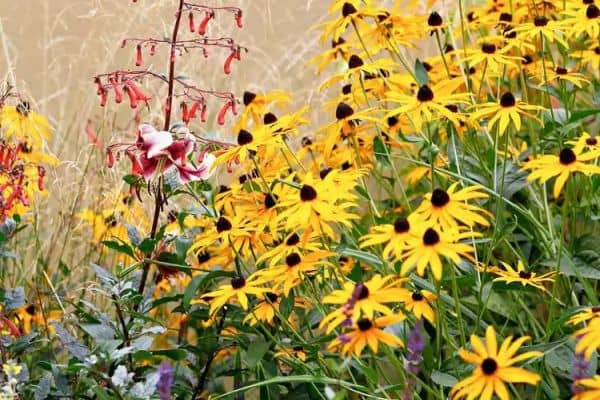
- Size: 1 to 5 feet tall and 1 to 3 feet wide
- Zones: 3-11 05 of 21
5. Russian Sage
Russian sage also known as Perovskia atriplicifolia is a small shrub that produces purple-blue colored flowers that bloom from midsummer to fall. They are native to central Asia and can grow easily in sparse, dry soil, heat and drought-tolerant. When they bloom flowers they are capable of attracting hummingbirds, bees, and butterflies.
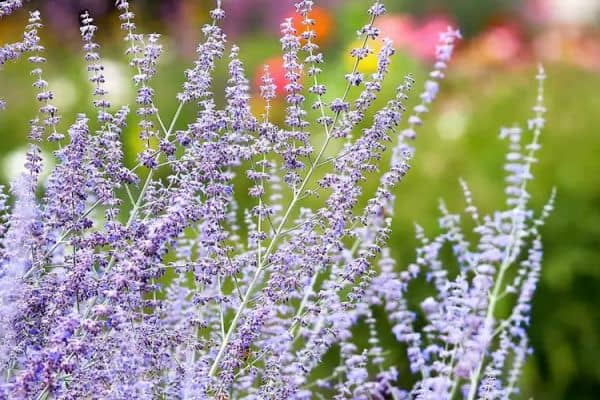
- Size: 3 to 8 feet tall and 2 to 3 feet wide
- Zones: 4–9 06 of 21
6. Sedum
Sedums also known as Hylotelephium spp. are available in various shapes, colors, and sizes. They can bloom three seasons a year and pollinators like bees and butterflies love its flowers. They are known to be heat and drought-tolerant and can flourish in poor soil, sandy soil, and sun.
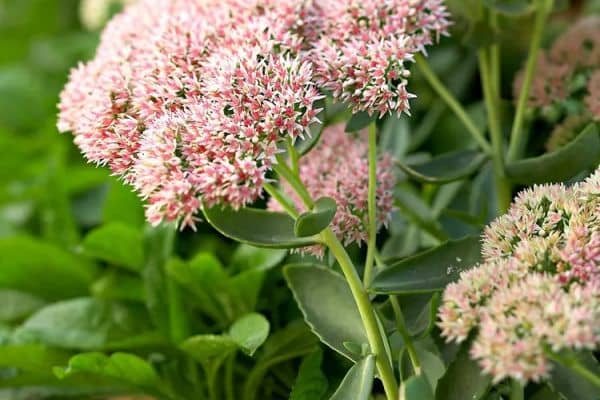
- Size: 2–36 inches tall and 14 to 48 inches wide
- Zones: 3–10 07 of 21
7. Allium
Allium also known as Allium spp. has globe-shaped purple, blue, pink, or white flowers during spring and summer. One of its varieties “Globemaster” is taller than all of its other varieties and produces pale purple flowers that can grow up to 10 inches in diameter on 4-foot stalks.
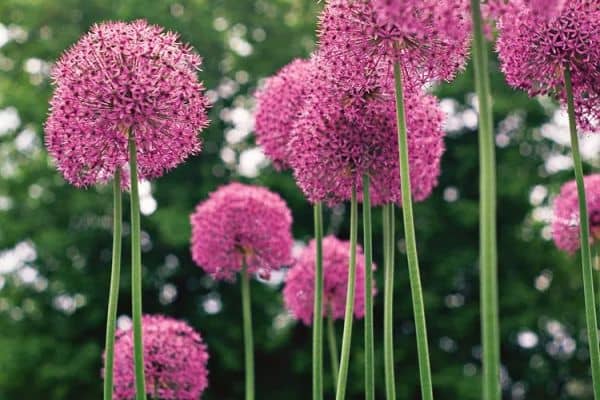
- Size: 6 inches to 4 feet tall and up to 1 foot wide
- Zones: 4–9 08 of 21
8. Rosemary
Rosemary also known as Rosmarinus officinalis is an herb that is fragrant and is native to the Mediterranean, Portugal, and northwestern Spain. They tend to love dry soil and hot, sunny weather.
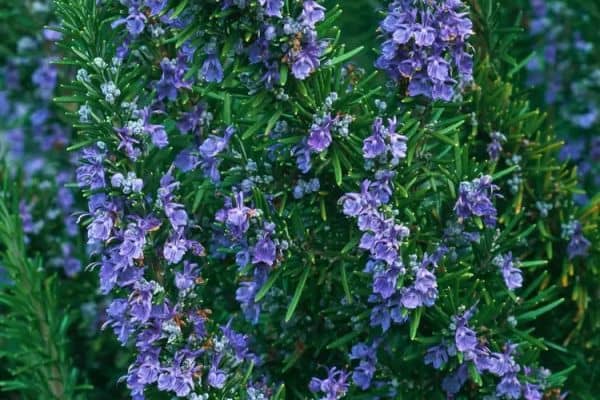
- Size: 1 to 3 feet tall and 2 to 4 feet wide
- Zones: 8–10 09 of 21
9. Daylily
Daylily also known as Hemerocallis spp. they are easy to grow and produce yellow, orange, red, pink, purple, white, and peach-colored flowers. They have more than 80,000 varieties of daylilies and they also come in different heights and bloom shapes, ranging from simple, single-petal lilies to ruffled, double-petaled confections.
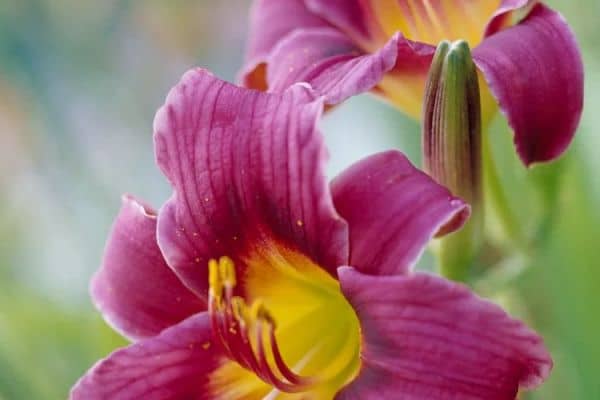
- Size: 1 to 3 feet tall and wide
- Zones: 3–10 10 of 21
10. Radishes
Radishes also known as Rhaphanus sativus a vegetable plants that grow in sandy soil because loose soil allows for large and even root development. They are fast-growing plants that can do well in cool weather in early spring or autumn.
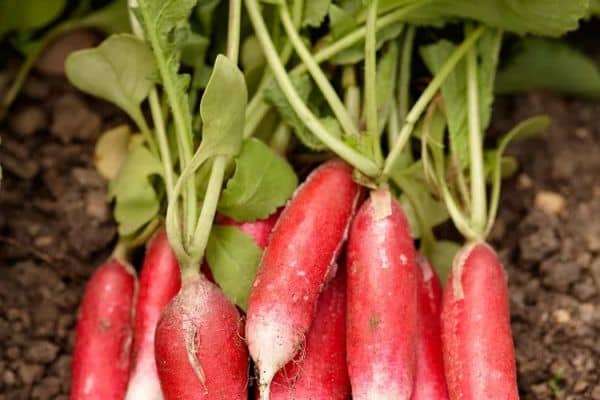
- Size: 1 to 3 feet tall and 1 to 2 feet wide
- Zones: 2–11 11 of 21
11. Catmint
Catmint also known as Nepeta spp. has gray-green leaves topped by spikes of purple flowers and can bloom the flowers during summer. They are also extremely heat and drought-tolerant and can grow fast in the worst soils.
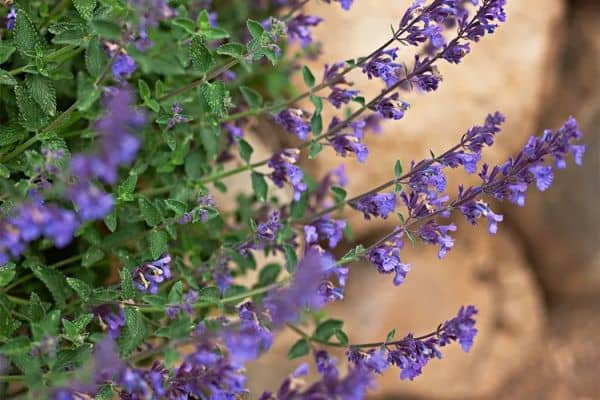
- Size: 6 to 30 inches tall and 12 to 36 inches wide
- Zones: 3–9 12 of 21
12. Thyme
Thyme also known as Thymus vulgaris is a herb that is native to southern Europe and northern Africa. They can withstand hot temperatures, the rain is scant, and the soil is dry. They can grow properly in both sandy soil and rocky soil.
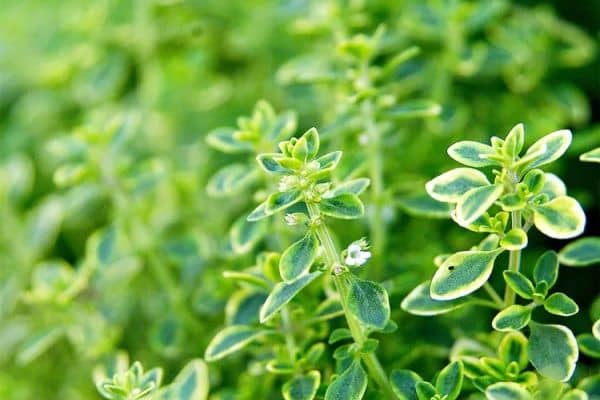
- Size: 6 to 18 inches tall and wide
- Zones: 4–9 13 of 21
13. Blanket Flower
Blanket flowers also known as Gaillardia spp. have red and yellow cheery type flowers and pollinators love them a lot. Fanfare one of the blanket flower veriety is a popular blanket flower with bright red blooms with yellow at the end of the petals.
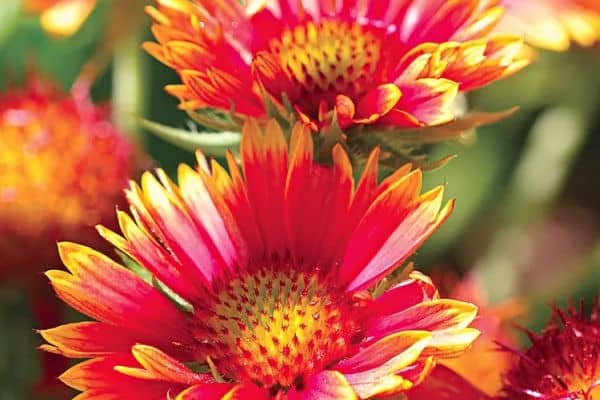
- Size: 1 to 3 feet tall and 1 to 2 feet wide
- Zones: 3–10 14 of 21
14. Coneflower
Coneflowers also known as Echinacea purpurea is a native North American flowering plant that blooms in shades of purple, white, yellow, red, and orange. They can even grow well in sandy soil and blooms from summer to fall.
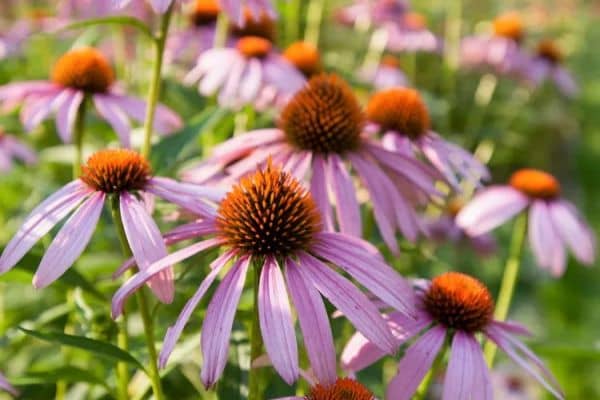
- Size: 2 to 5 feet tall and 1 to 4 feet wide
- Zones: 3–9 15 of 21
15. Coreopsis
Coreopsis also known as Coreopsis spp. produces flowers in orange, pink, red, or yellow colors and can thrive in full sun. They bloom flowers during the summer season and a popular Coreopsis variety called Moonbeam blooms pale yellow flowers that look great in borders.
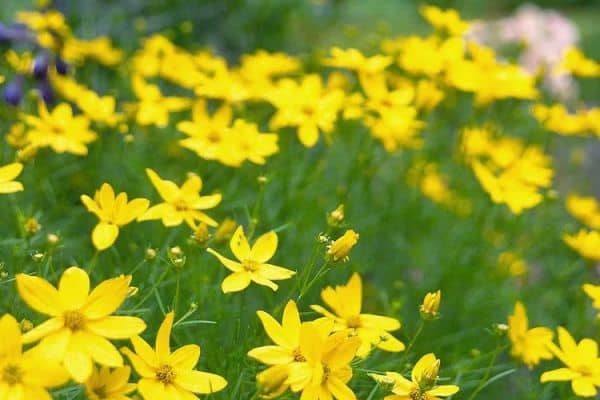
- Size: 1 to 4 feet tall and 1 to 3 inches wide
- Zones: 3–9 16 of 21
16. Bearded Iris
Bearded Iris also known as Iris x Germanica can bloom during spring and again in the early fall. They also spread quickly in the garden and need to be divided every year so they won’t overcrowd themself.
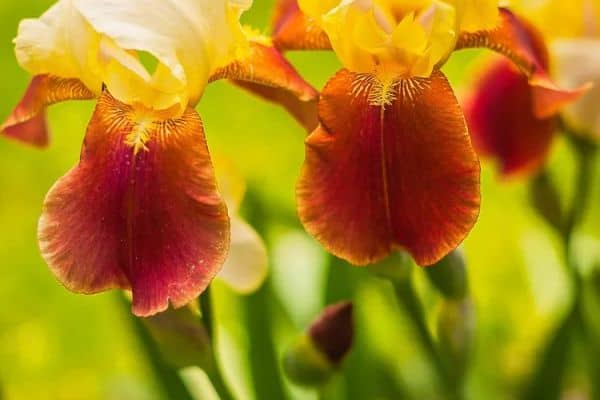
- Size: 1 to 4 feet tall and 1 to 2 feet wide
- Zones: 3–9 17 of 21
17. Red Oak
Red oaks also known as Quercus rubra can grow in their best in sandy, clay, loam, or gravelly soils. They can live for 150 to 300 years and grow slowly.
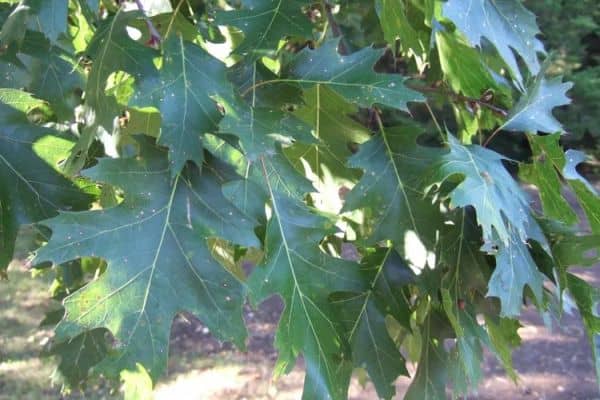
- Size: 60 to 70 feet tall and 40 to 60 feet wide
- Zones: 3–8 18 of 21
18. Live Oak
Live oaks also known as Quercus virginiana can live for centuries in sandy soil they don’t drop their leaves during the fall season rather they drop their leaves during January or February.
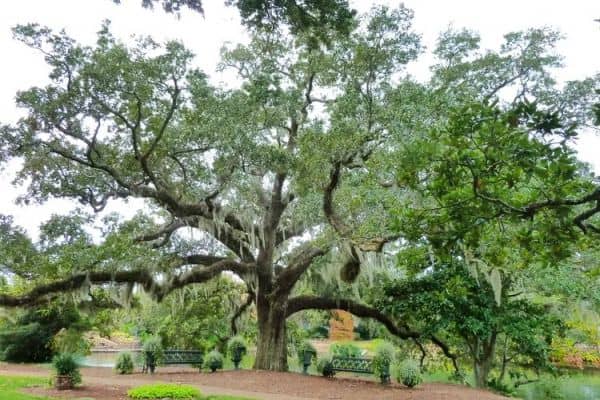
- Size: 40 to 80 feet tall and 60 to 100 feet wide
- Zones: 7–10 19 of 21
19. Longleaf Pine
Longleaf pine also known as Pinus palustris is a fast-growing evergreen plant with 10-inch needles. They also live long with some growing for more than 300 years.
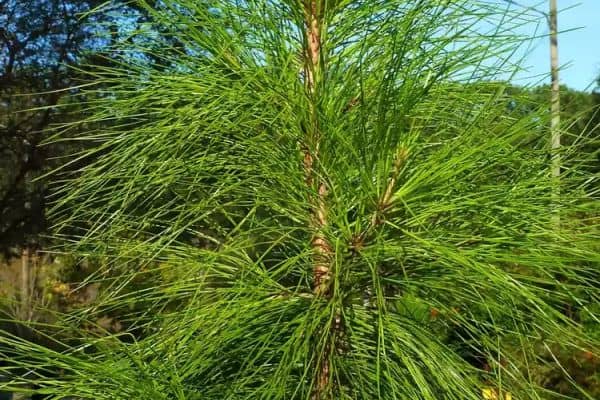
- Size: 80 to 125 feet tall and 30 to 40 feet wide
- Zones: 7–9 20 of 21
20. Blueberry
Blueberry also known as Vaccinium corymbosum need good drainage like sandy soil and they also have shallow root systems. You can also use mulch to keep the root systems cool and moist and in acidic soils with a pH of around 4.5.
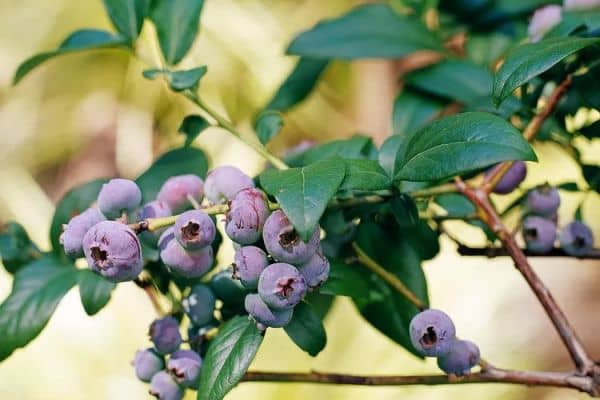
- Size: 1 to 12 feet tall and 2-10 feet wide
- Zones: 3–10
Also Read: 15 Stunning Species of Maple Trees You Should Know!
